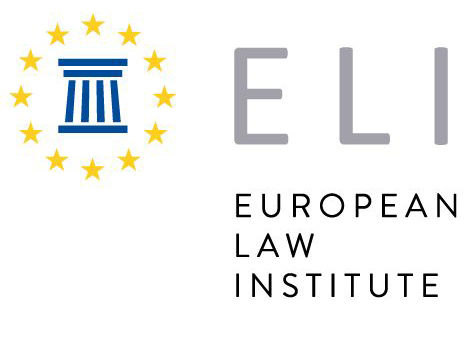ELI Guiding Principles on Seizing Sanctioned Assets
Quick Facts
Project Type: Guiding Principles / Decision-Making Flowchart
Procedure: Regular
Adopted: June 2025
Project Period: June 2025–Autumn 2026
Events
An overview of past and upcoming events of this project is available here.
Background
The project explores and addresses the legal complexities of constraining assets in response to reprehensible state conduct. It aims to offer all decisionmakers facing questions of frozen, seized or repurposed frozen assets guidance on when such constraints are lawful.
Key legal questions that the project will address include:
- Legal Bases for Seizure: The project will examine the legal grounds under public international law (eg the Articles on the Responsibility of States for Internationally Wrongful Acts (ARSIWA), decisions of international courts) and domestic legal systems (eg confiscation following a criminal conviction). Due process and the risk of reciprocal action will be key considerations.
- Types of Assets and Legal Distinctions: The legal framework differs for state (public) and private assets. Public assets involve issues such as state equality and immunity, and the doctrine of countermeasures, while private asset confiscation must align with human rights protections (eg Article 1, Protocol 1 ECHR) and other state promises to protect property (eg those found in investment protection treaties or contracts). Judicial safeguards must ensure due process, protection of third parties, and proportionality. There are also different legal considerations for tangible and intangible assets, and for principal, interest and profits.
- Triggers for Seizure: The project will define the concept of ‘reprehensible state conduct’ broadly, taking into consideration that international law related to this is evolving.
- Post-Seizure Use of Assets: The project will explore whether seized assets can lawfully be used to compensate individual victims, support state rebuilding, or to bring pressure to bear on the state concerned. It will consider legal safeguards such as distribution, proportionality, and the legitimacy of reparations.
Aim
The project aims to establish clear and coherent legal criteria for asset constraints, ensuring compliance with international law while preventing abuse or unintended consequences.
Outcome
The project will result in a set of high-level principles and a decision-making flowchart to support national and international authorities in the freezing, seizure, and potential repurposing of assets in response to reprehensible state conduct.
Through detailed legal analysis, the project team will identify key questions that arise in such cases and develop a practical flowchart to guide decision-makers. Each step will include a definition of the legal or factual trigger that allows for the lawful progression to the next stage, ensuring a consistent and rights-compliant approach.
Importantly, the project’s outcome will have broad applicability to various forms of reprehensible state conduct, ensuring that it remains relevant and adaptable as international law continues to evolve.
Project Chair
- Sir Geoffrey Vos
Project Reporters
- Illia Chernohorenko
- Burkhard Hess
- Krista Nadakavukaren Schefer
- Philippa Webb
